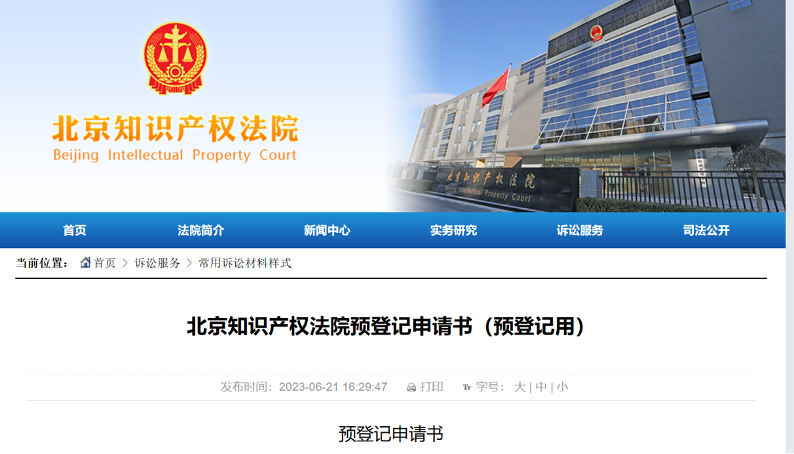Author: Wenjuan(Judy) Liu; Danqing(Belinda) Zhao
In the trademark authorization procedures, in order to overcome the prior cited mark, a common strategy would be to take action against the earlier mark via opposition, non-use cancellation, or invalidation. However, examination results of the trademark application or the review of refusal will very often come out before the counter-action is decided, thus leaving the owner to either continue to file costly appeals or refile an application for their own trademark.
To reduce the amount of unnecessary administrative litigation caused by the unstable status of prior mark citations, and to reduce the applicant’s burden on re-filing, the China National Intellectual Property Administration (CNIPA) and the Beijing Intellectual Property Court issued new policies both from administrative and judicial perspectives.
On 13 June 2023, the CNIPA issued an Interpretation of Guidance for Suspending Review Cases, providing seven situations where suspension is required and three situations where the examiner has deemed it appropriate.

Under the following seven situations, a suspension shall be granted:
1) The applied-for mark or the cited mark is undergoing name change or assignment procedures, and the conflicts of rights will be removed after the completion of such change or assignment;
2) The validity period of the cited mark lapses and is in the process of renewal or in the grace period of renewal;
3) The cited mark is undergoing removal of registration or withdrawal of application procedures;
4) The cited mark has been cancelled, declared invalid or has expired without renewal, but still within one-year restriction period after cancellation, invalidation or absent renewal. If however the cited mark is cancelled due to non-use for three consecutive years, the one-year-term is not applied. In other words, there is no need to wait one year after the cited mark is cancelled based on non-use.
5) The case involving the cited mark has reached a conclusion and is awaiting the effectiveness of the conclusion or the execution of an effective judgment awaiting re-trial.
6) The prior rights concerned shall be decided by the result of another case being tried by the Court or being handled by an administrative authority. (This is specifically suitable for review of non-approval of registration and invalidation cases.)
7) The legal status of the cited mark concerned must be decided by the result of another case being tried by the Court or being handled by the administrative authority, and the applicant requests the suspension of the review. (This is specifically suitable for review of refusal cases.)
Under the following three situations, the CNIPA may use its discretion to suspend the cases:
8) In case of review of trademark refusal, if the cited mark is pending in invalidation procedure, and the registrant of the cited mark has been considered as acting in bad faith in other cases, the examiner can autonomously decide whether examination shall be suspended. The applicant’s request is not a necessary condition.
9) The result of similar cases or result of relevant cases shall be used as reference. In such scenarios, the examiner can decide on a case-by-case basis. The applicant’s request is not a necessary condition.
10) Other situations wherein suspension is necessary.
In parallel to the CNIPA’s action, the Beijing Intellectual Property Court also issued new judicial policies. For administrative litigation cases of review of refusals wherein the key cited mark is involved in other pending cases and its status is unstable, the court now allows the plaintiff to apply for pre-filing before the formal filing of the case. The pre-filing can last up to 12 months (not extendable), during which the litigation case will be suspended. The plaintiff can end the pre-filing case at any time after the status of the cited mark is determined, so as to either enter the formal filing or abandon the lawsuit.

The provisions on the suspension of trademark examination in the above administrative and judicial proceedings are very specific and clear, and basically cover the main disputes in the current trademark authorization and confirmation procedures. We can expect that the implementation of the above policies will greatly improve the efficiency of trademark examination and facilitate the authorization of trademark rights for legitimate rights holders. We will be providing updates on the implementation of these polices.